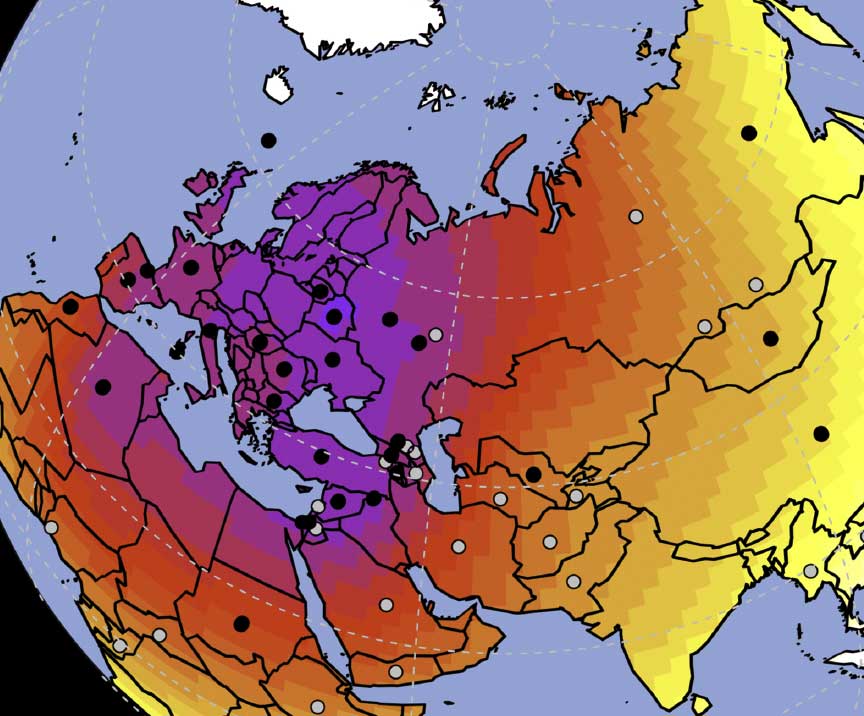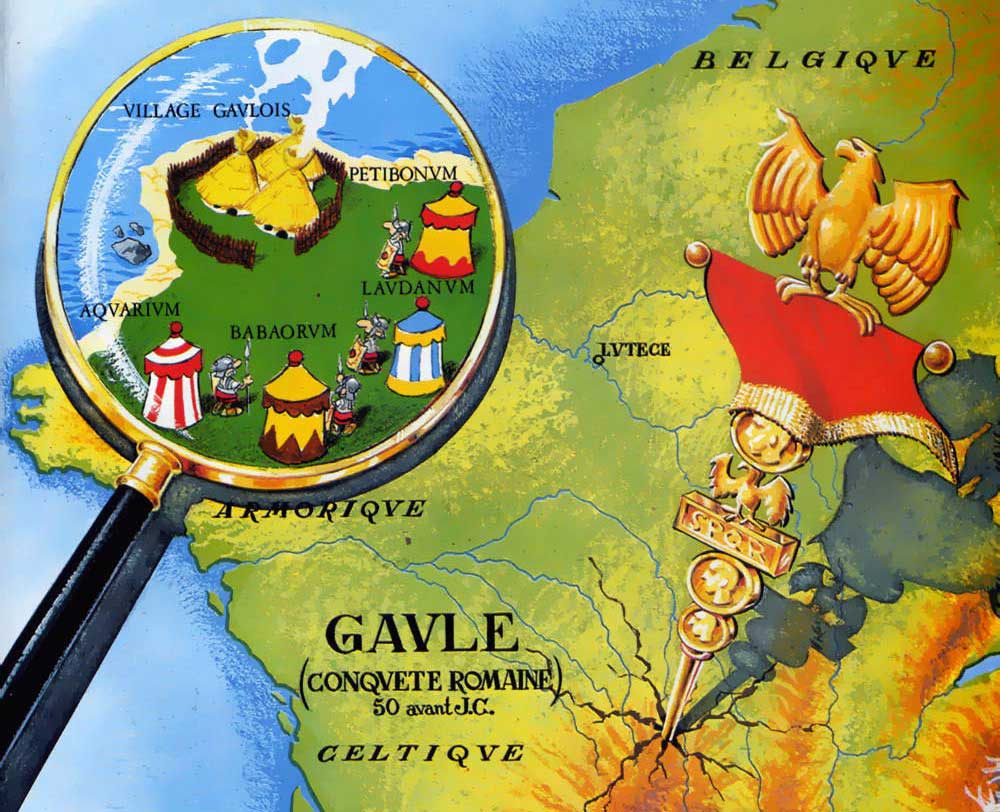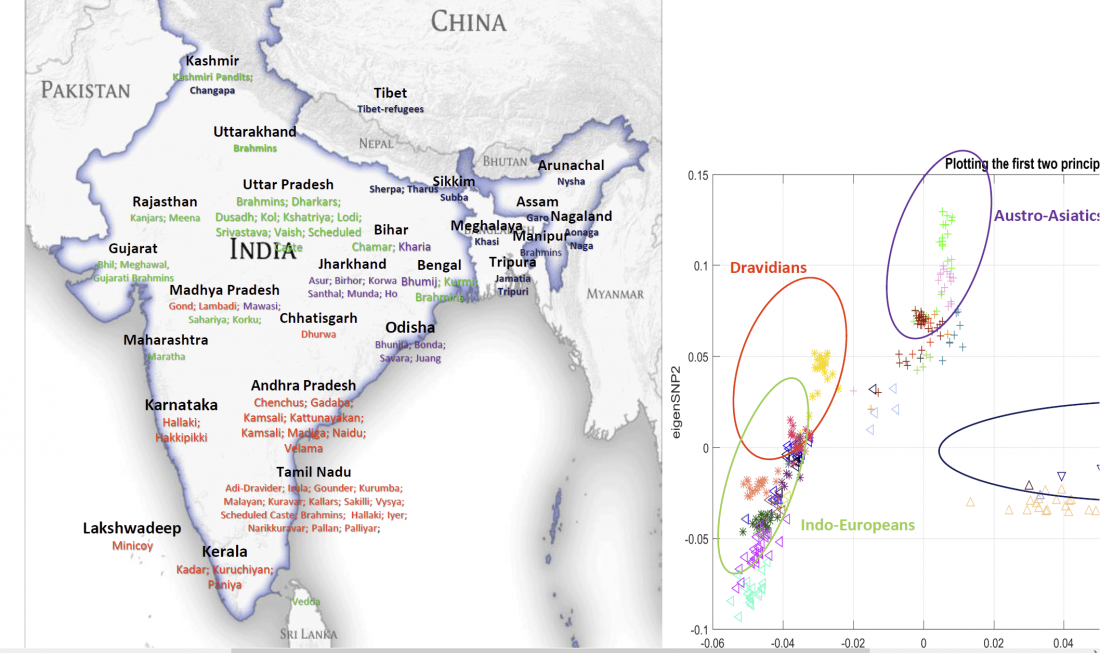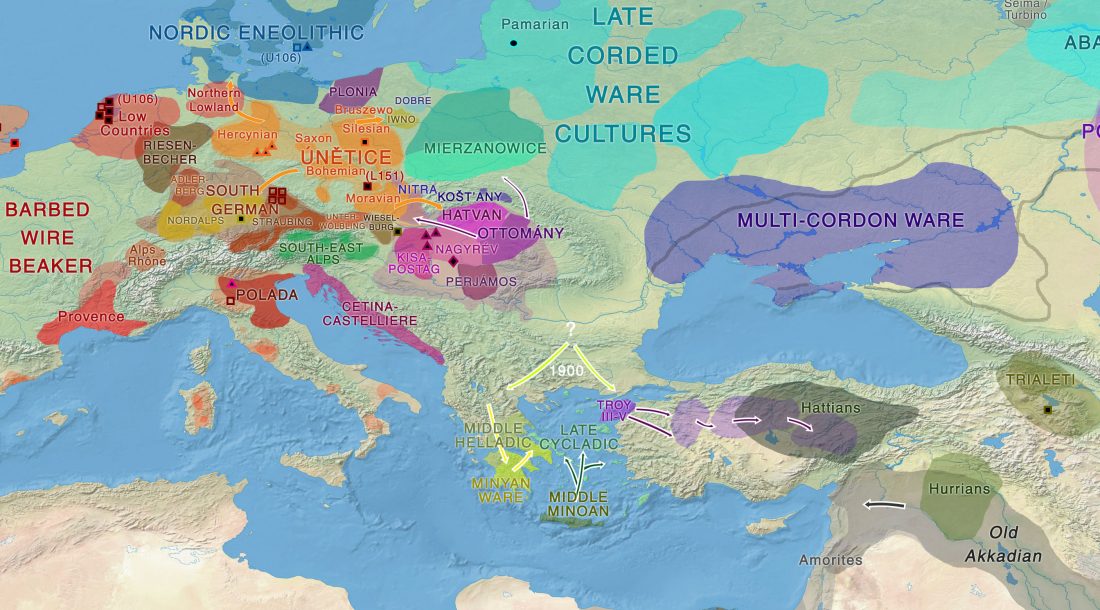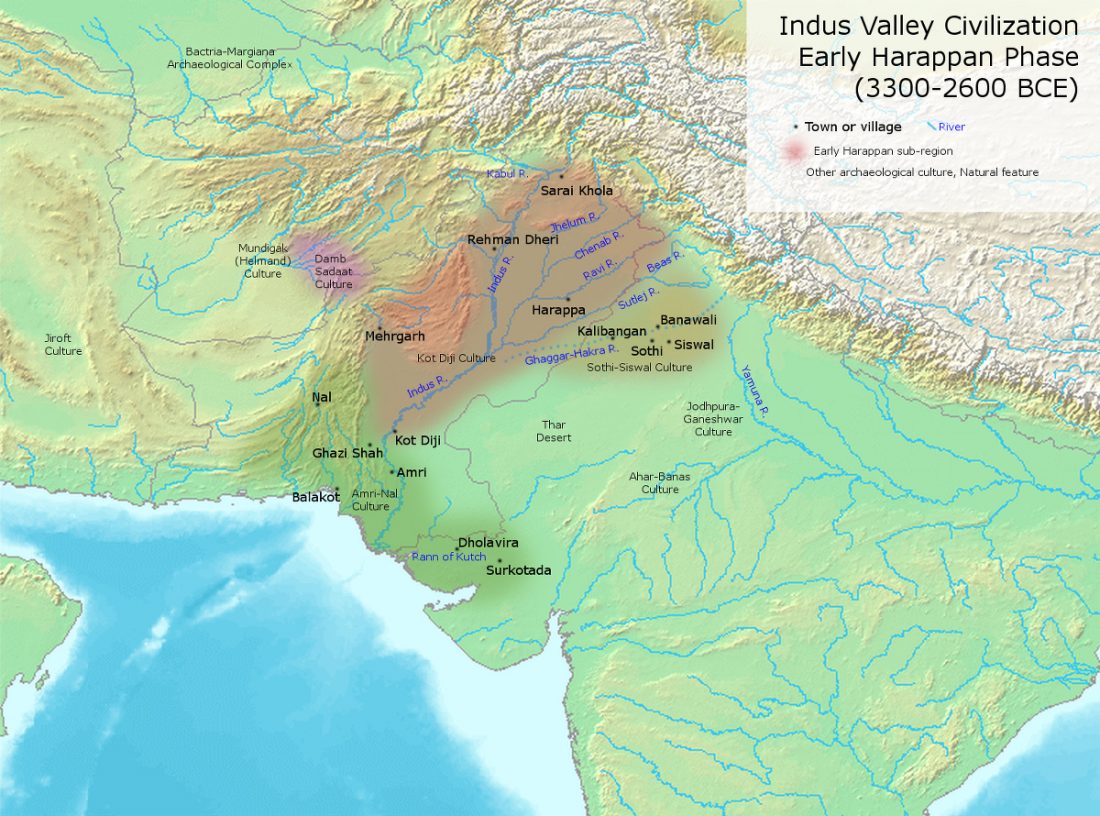Spread of Indo-European folktale traditions related to cultural and demic diffusion (using genomic data)
New article at PNAS, Inferring patterns of folktale diffusion using genomic data, by Bortoloni et al. (2017).
Abstract:
… Read the rest “Spread of Indo-European folktale traditions related to cultural and demic diffusion (using genomic data)”Observable patterns of cultural variation are consistently intertwined with demic movements, cultural diffusion, and adaptation to different ecological contexts [Cavalli-Sforza and Feldman (1981) Cultural Transmission and Evolution: A Quantitative Approach; Boyd and Richerson (1985) Culture and the Evolutionary Process]. The quantitative study of gene–culture coevolution has focused in particular on the mechanisms responsible for change in frequency and attributes of cultural traits, the spread of cultural information through demic and cultural diffusion, and detecting relationships between genetic and cultural lineages. Here,
